We are very happy to share this interview as first published by Emergency Services Times on page 30 of the June 2016 edition.
FireServiceRota is a flexible planning system developed exclusively for retained firefighters, by firefighters. The internet based software provides firefighters with the freedom to be off duty when possible and warns them to remain on call when needed. Managers get an accurate insight of their station’s availability while individuals can manage their commitments. Emergency Services Times spoke to Ruben Stranders from FireServiceRota about the benefits of the new software.
Emergency Services Times (EST): How did Fire Service Rota come into being?
Ruben Stranders (RS): FireServiceRota was founded in The Netherlands some 10 years ago, when my colleague Cor Klaasse Bos got talking to the station manager of the retained-crew fire station in a village close to Amsterdam. The station manager found it was extremely difficult to keep track of each firefighter’s availability and ensure he had full cover at all times. He had tried using paper and also Excel spreadsheets, but neither of these managed the complexity and dynamic nature of the task. The situation overview was in his head and when he went away it was lost.
He and Cor felt there must be a way in which technology could help to make the task much simpler. Today, FireServiceRota is the market leader and serves about 200 fire stations in The Netherlands.
EST: How does FireServiceRota work?
RS: Firefighters schedule their availability into FireServiceRota, but also have the freedom to change their availability on the go. For example, if they are running late from work, they can let the system know. If this creates a crewing deficiency, the station manager and crew members are automatically notified via push message or text alert. Other members of the team can then make themselves available to cover.
When an emergency call comes in, all available crew members automatically receive a push message, requesting them to confirm their attendance. The station manager can see all of the confirmed attendances and arrival times. He can see that he has a complete crew and when they will arrive.

EST: So it is not just a rostering tool then?
RS: When we created FireServiceRota, one of our key objectives was to give crews control over their own schedule, and the ability to change and update the system whenever and wherever they are. But we also wanted to give station commanders the insight and reassurance that they have a full crew. This was simply not possible in the past and station managers had to wait several minutes before they might discover they had crewing deficiency. If that person was a key role, such as a driver, the station might not be able to respond to the emergency, causing a delay before an alternative crew could be alerted.
Our geofencing functionality also warns firefighters when they leave and enter the coverage area of a fire station, making ir very easy to ensure cover is maintained at all times.
EST: How have things changed in the 10 years since you started?
RS: Nowadays smartphones are nearly ubiquitous, making the FireServiceRota app very popular with firefighters, but the system can also be used via web browsers and pagers. While the core function of FireServiceRota has not changed, the pressures on fire fighters’ availability have increased, because we all lead busier and more complex lives.The software has helped fire and rescue services to respond to changes, making it easier to introduce different crewing methods or smaller vehicles, for example.
It has become harder to recruit and keep retained firefighters and by using FireServiceRota, services can be more flexible in the minimum number of hours they require from each firefighter. It makes it easier to maintain crews without having to resort to full-time crewing to fill the gap. And for firefighters, it gives them greater flexibility and control. It is because of this that FireServiceRota has been a driving force behind a transformation towards more flexibility of the Dutch RDS.

Fire and rescue services have also learnt from using Fire service data. Over time we have built up a pool of data, which sheds lights on crewing issues and trends. Using data analysis, we help our users to adapt to change and to take a more strategic overview whether on a station-by-station or a regional basis.EST: Fire Service rota is now available in the UK?
RS: Yes, we are already in discussion with a number of Fire and Rescue services in the UK. Because FireServiceRota is an internet-based software, it takes just 30 minutes or less to set up and start using.







